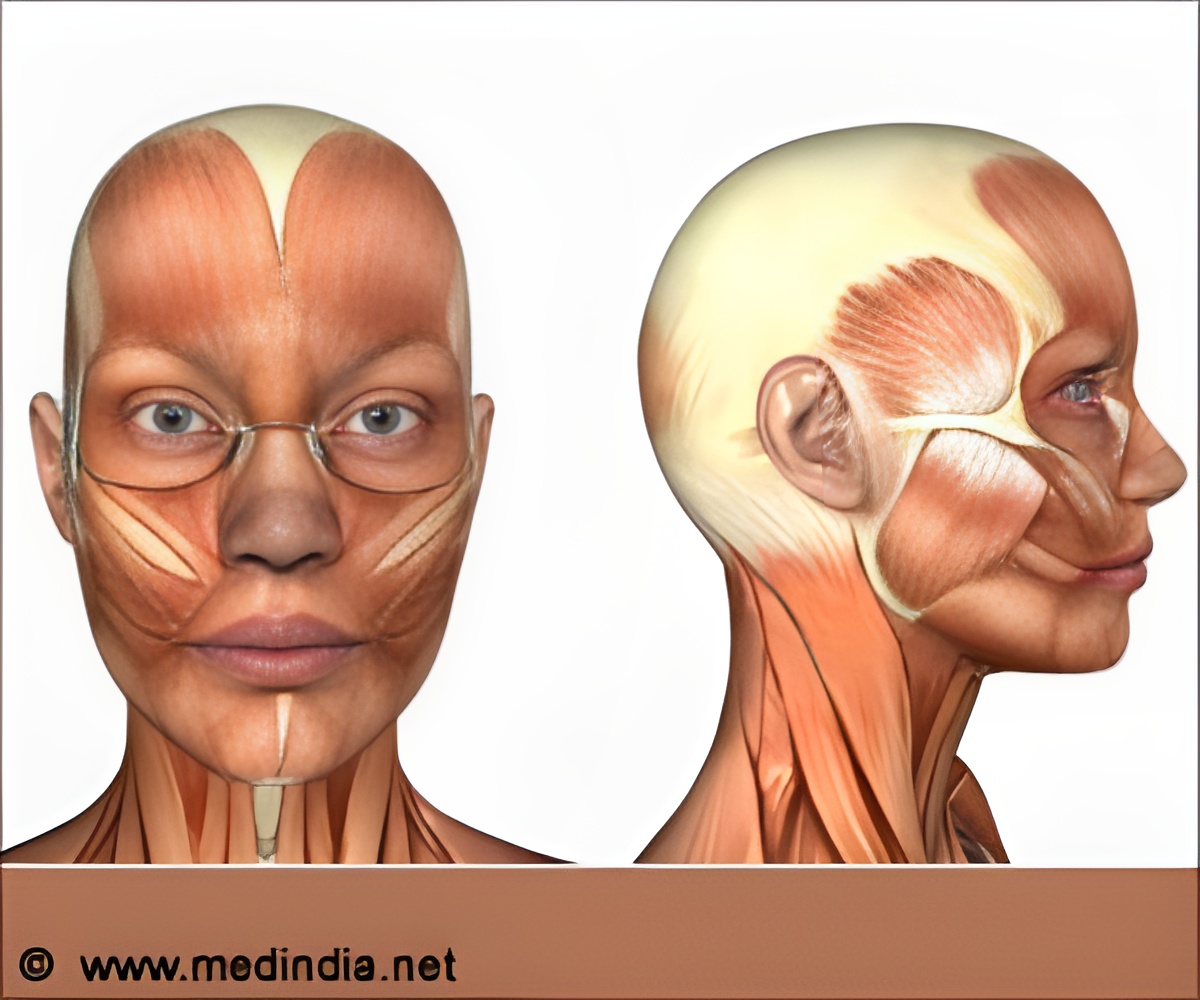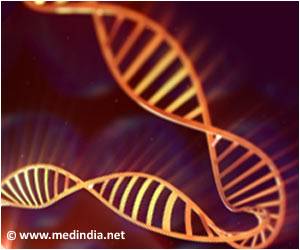
Using advanced facial and cranial biomechanical analyses with nearly 40 people, the team concluded mechanical forces, including chewing, appear incapable of producing the resistance needed for new bone to be created in the lower mandible, or jaw area. Rather, it appears the chin’s emergence in modern humans arose from simple geometry.
"As our faces became smaller in our evolution from archaic humans to today - in fact, our faces are roughly 15% shorter than the Neanderthals - the chin became a bony prominence, the adapted, pointy emblem at the bottom of our face," Holton said.
Human chin is a secondary consequence of our lifestyle change, starting about 80,000 years ago and picking up great steam with modern humans’ migration from Africa about 20,000 years later.
What Happened?.
Modern humans evolved from hunter-gatherer groups that were rather isolated from each other to increasingly cooperative groups that formed social networks across the landscape. These more connected groups appear to have enhanced the degree to which they expressed themselves in art and other symbolic mediums.
Advertisement
One big shift was the face became smaller - retrenching in effect - a physiological departure that created a natural opportunity for the human chin to emerge. Children have flat, nearly imperceptible chins, much like what is seen in the Neanderthals. That bony prominence only becomes visible as our heads and faces grow into adulthood.
Advertisement
Source-IANS









